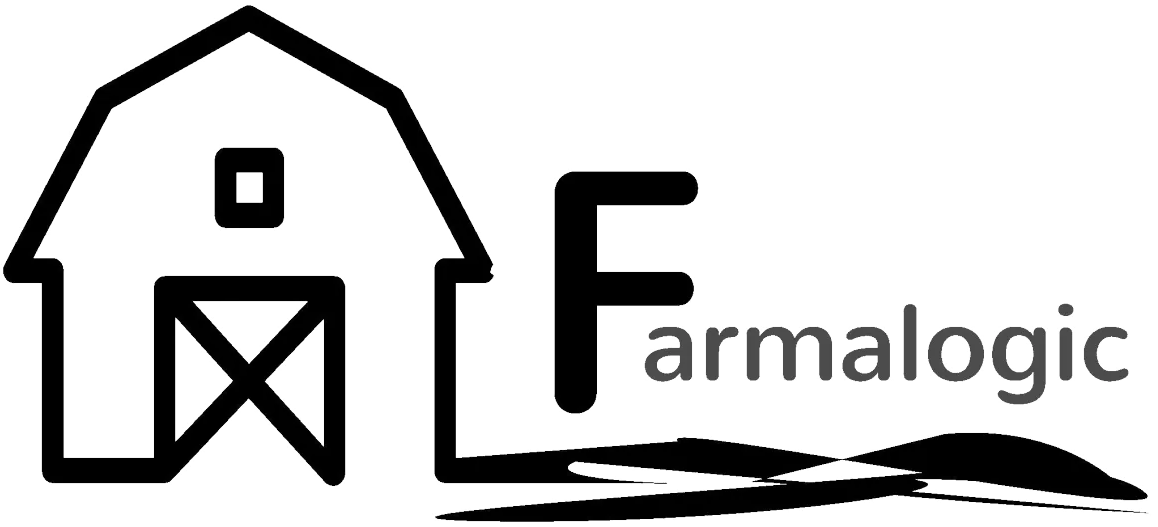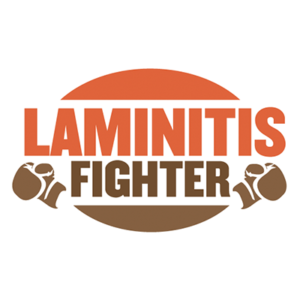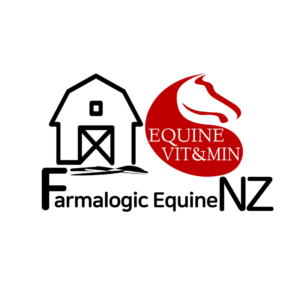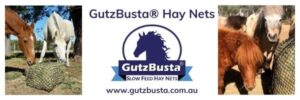Days are getting shorter, temperatures are lower and in some regions we are starting to get some rain. Why is autumn such a tricky time for managing laminitis/founder-prone horses and ponies?
Plants use the process of photosynthesis to turn water, nutrients and sunlight into sugars (water soluble carbohydrates (WSC) such as fructans) to fuel plant growth. This occurs during the day, and plants use the energy overnight to continue growth. That is why pastures are safest for laminitis prone horses during the early hours of the morning, and in areas where trees/buildings shade the grass all day.
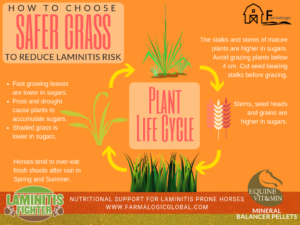
When plants are stressed by drought, nutrient restrictions or frost, plant growth is much slower and sugars accumulate in leaves and stems. This is why grazing is NOT recommended for laminitis prone horses when pastures are stressed such as the morning after a frost.
Some varieties of grass are naturally higher in sugars – generally the pastures designed to sustain high producing dairy cows or rapidly growing beef/lambs such as ryegrass.
Some parts of the plant are higher in sugars, fructans and starch than others – laminitis prone horses should AVOID eating grasses high in seeds and the stalks that support seed heads (this includes all kinds of cereal hay and chaff such as barley or oaten). However, since mature plants are higher in indigestible fibre many horses find them less palatable which reduces intake.
The stems in the lower 10 cm of the plant also act as a reserve of energy (sugars) for the plant, so laminitis prone horses should NOT be kept on overgrazed pastures. If using strip grazing, implement a back fence to prevent horses from going back and eating the lower leaves and stems of the pasture (in addition to reducing your horse’s sugar intake, this will also help your pastures recover and produce more feed ready for the next grazing).
Fresh plant growth in autumn pastures produces sweet green leaves which, although relatively low in sugars during times of rapid growth, horses are VERY keen to eat after a long dry summer. This fresh growth is low in structural (indigestible) fibre which means that palatability is very high. Laminitis prone horses and ponies MAY be able to graze some rapidly growing leaves from more mature plants but intake may have to be limited by RESTRICTED access or a grazing muzzle.
The sudden change of diet from mature, dry pasture to lush leafy green upsets the equine digestive system including the beneficial micro-organisms within the gut. Typical signs of digestive upset in autumn include runny manure, colic and laminitis.
In a healthy equine diet, the levels of sugar and starch are managed so that the majority of these nutrients are absorbed in the foregut. A dramatic increase in the levels of sugar and starch can overwhelm the foregut, meaning that a large amount of undigested sugar and starch reaches the hindgut. Fermentation of sugar and starch creates a much more acidic environment than the beneficial fibre fermenters in the hind gut can survive. As they die, the fibre fermenting organisms release endotoxins which trigger laminitis.
The majority of laminitis prone horses have an underlying metabolic condition (EMS, Cushings/PPID) which increase insulin levels and decrease insulin sensitivity. Note that not all horses with PPID develop insulin resistance. Some breeds of horse are genetically predisposed to these conditions.
Insulin resistant (IR) horses are particularly at risk in Spring and Autumn time when pasture is highly palatable. The simple sugars in feeds (measured by WSC) create a rise in blood glucose levels. IR horses get caught up in a vicious cycle of increased blood glucose which triggers the pancreas to release the hormone insulin. Insulin is acts as the ‘doorman’ to enable glucose to enter individual cells where it is used as an energy source. IR horses don’t have enough ‘doors’ (insulin receptors) so when the pancreas receives feedback that blood glucose levels are still high, it continues to release insulin.
When the cells do not take up glucose from the blood, the body switches to utilize another energy source – fat. Fats (lipids) are released from storage into the blood where they can be used by cells as energy. However, at the same time, the high blood insulin levels indicate to the body that there is plenty of glucose available, so the body sends the blood lipids back to fat storage. Therefore the body’s energy crisis worsens, completing the vicious cycle of insulin resistance.
To make things worse, IR horses do not stop eating when ‘full’ due to a change in hormonal regulation.
The increased calorie intake from consuming large volumes of highly palatable pasture also leads to weight gain. Adipose tissue (fat stores) produce inflammatory proteins (cytokines) which alter metabolism, increase oxidative stress and are believed to interact with hoof blood vessels to trigger inflammation of the laminae (laminitis).
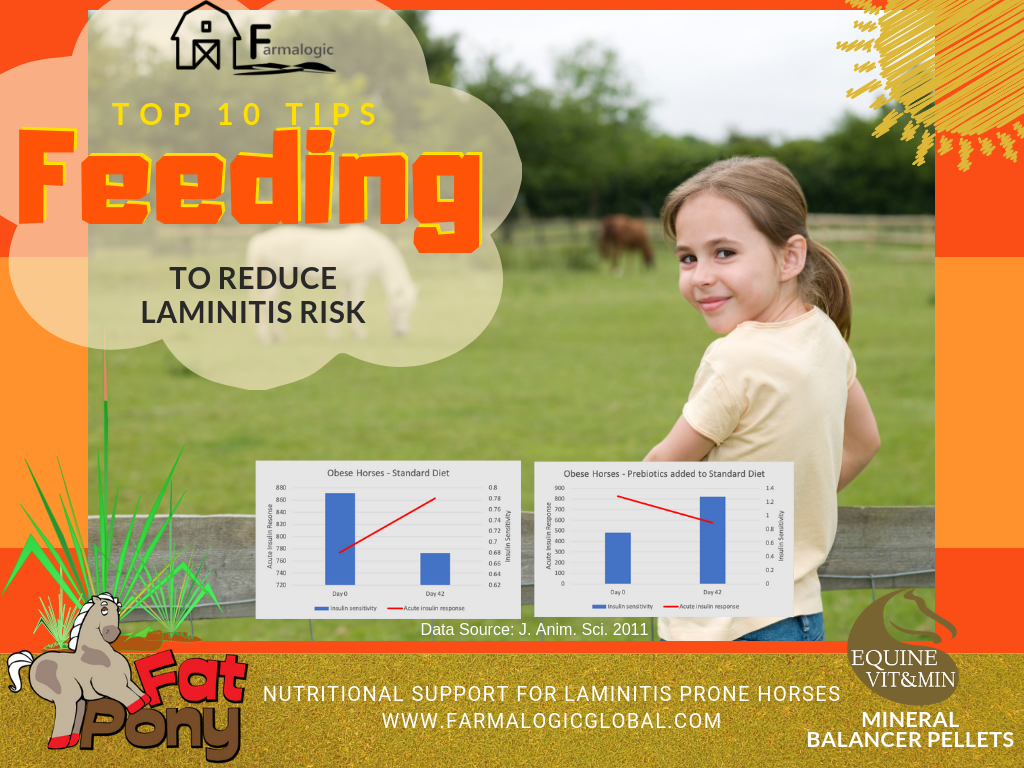
TOP 10 TIPS TO MINIMISE LAMINITIS RISK
- Gradual introduction of lush green grass gives the gut microbial population time to adapt to the changing food source. Limiting intake of high sugar grass reduces the risk of overwhelming the foregut and hindgut acidosis. Feeding a probiotic such as Farmalogic Rejuvenate is advisable to support a healthy gut microbial population during unavoidably sudden changes in feed such as fresh growth following rain.
- Use of a hindgut buffer is also advantageous for laminitis prone horses and ponies during the Spring and Autumn growth flush when grass consumption is unavoidable or difficult to manage.
- Exercise overweight horses, preferably with ridden or lunge work provided the horse is not lame. Do not exercise post-laminitis until the affected hooves have grown out completely and a vet has given the all-clear. Additional and regular movement can be encouraged in the yard by utilising hay nets in different places, or use a laneway system so s/he has to travel from food to water.
- Manage total calorie intake. Limit daily dry matter intake to 1.5 per cent of the horse’s bodyweight either by using a grazing muzzle, laneway system or locking off the pasture and providing low calorie grass hay (ESC + Starch below 10%) in a slow feeder hay nets – GutzBusta Slow Feeder Haynets are ideal. Other options are to limit time spent grazing (no more than a few hours in the very early morning) or let horses follow cows/sheep through paddocks – but only if grass is higher than 10 cm.
- Soak hay for a minimum of half an hour in hot water or one hour in cold water and drain before feeding to reduce calories (but be aware this will also remove some of the vitamins and minerals).
- DO NOT LEAVE HORSES FOR HOURS ON END WITHOUT FOOD because their bodies will release stress hormones that put the body into ‘drought mode.’ These hormones tell the body to “conserve energy at all costs, because we don’t know when there will be more food to eat” which is counter-productive in a weight loss situation.
- Avoid high starch/sugar feeds including lush grass and cereal based hard feeds. Horses DO NOT need a ‘laminitis-safe’ hard feed during weight loss. All that is required is roughage, vitamins, omega-3s and a mineral balancer.
- Laminitis prone horses will require supplementation with minerals to top up and balance the mineral ratios across the diet as a whole. Equine Vit&Min offers low calorie options for simply balancing the diet – ask us about our EVM Mineral Balancer Pellets or the range of powders to add to a token feed.
- Feed omega-3s to balance omega-6 levels and therefore reduce inflammation in horses fed a predominantly hay diet. Marine sourced omega-3s have been shown to increase insulin sensitivity. Find out more about Farmalogic Omega Balancer for laminitis prone ponies here.
- Farmalogic Fat Pony (sold as Farmalogic Laminitis Fighter in NZ) contains natural anti-inflammatories, antioxidants and nutrients to support hoof and joint tissue repair, protect cell membranes from damage by free radical oxidants and improve insulin sensitivity. It is suitable to use before, during and after a laminitic episode. Best results will be obtained when fed as part of a well-balanced, calorie-controlled, forage-based diet containing quality vitamins, minerals and protein.
For more information on any of the Farmalogic or Equine Vit&Min range of products, contact sales@farmalogic.com.au.
